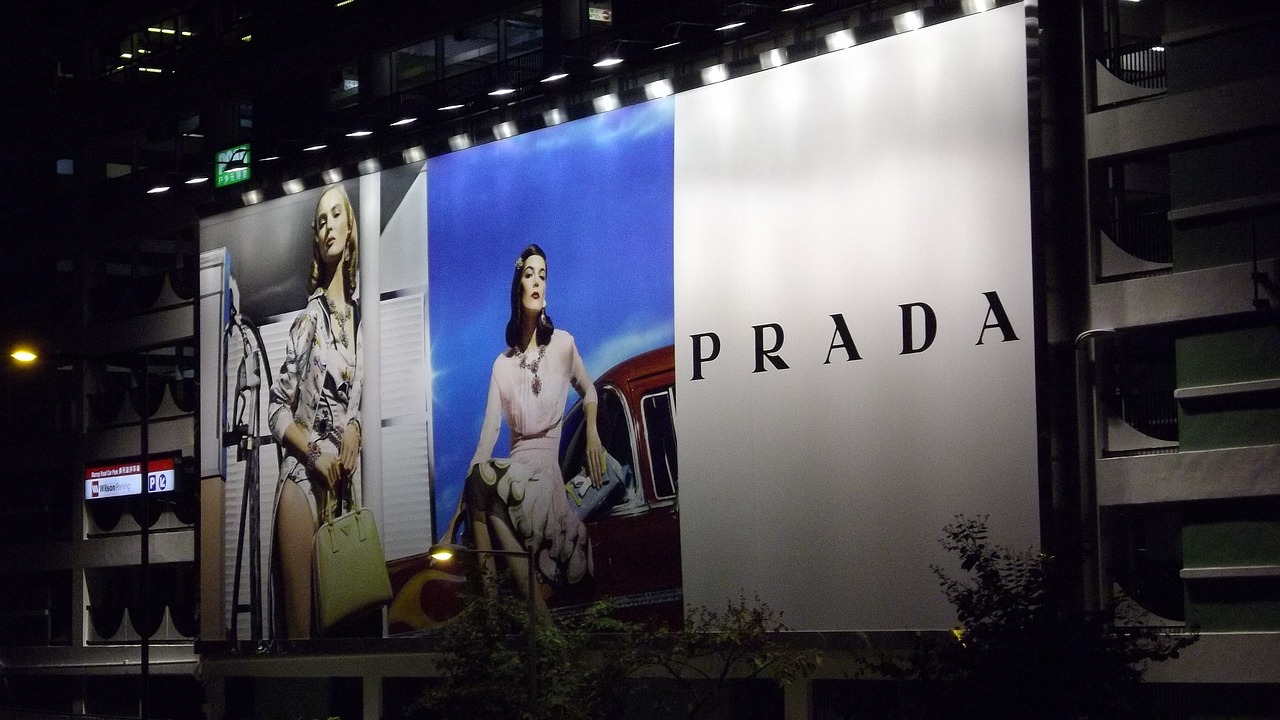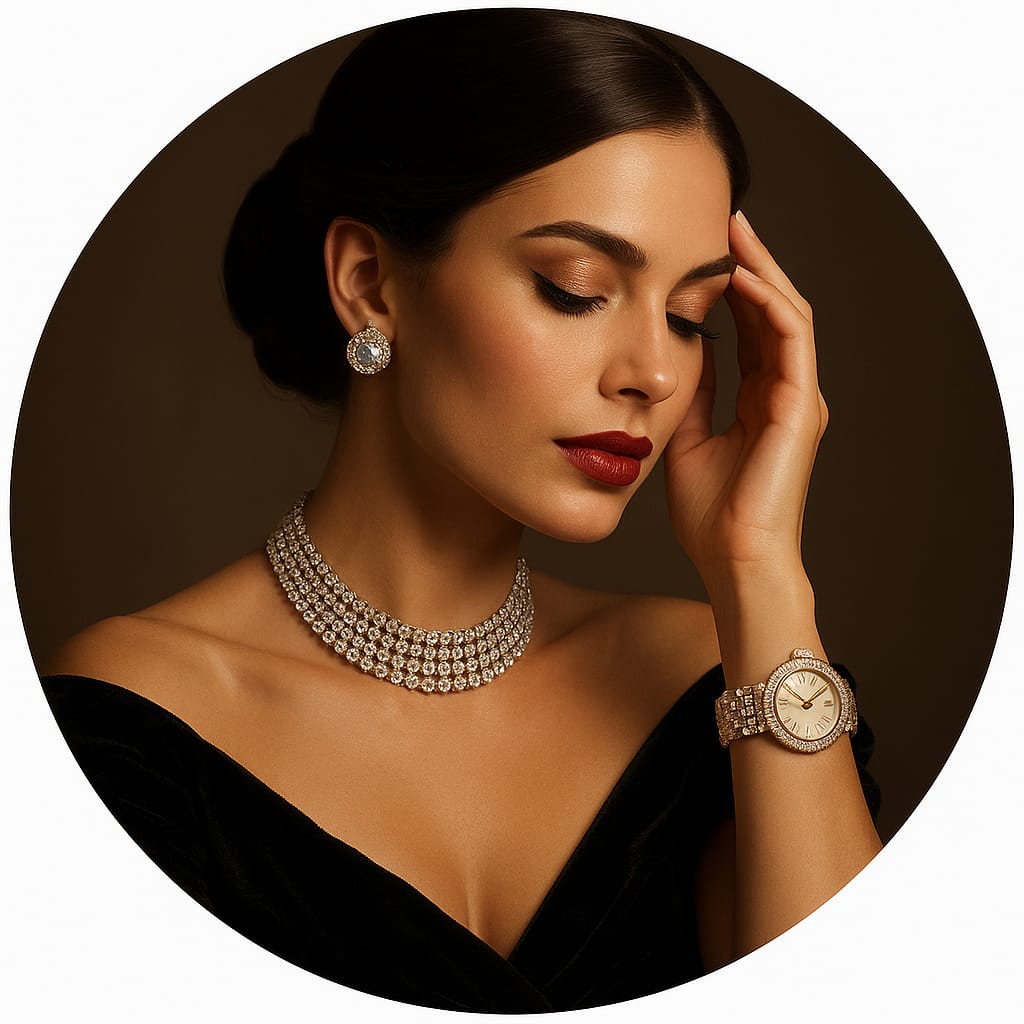It might sound a little unexpected, but luxury and second-hand are becoming closer than ever—especially when it comes to fashion. Pre-owned designer pieces are no longer seen as second-best. In fact, they’re quickly becoming a staple in the wardrobes of style-savvy shoppers who care about sustainability just as much as they care about labels.
Resale platforms dedicated to high-end items are booming. Not only do they offer top-tier pieces in excellent condition, but they also come with more accessible price tags. According to consulting giant McKinsey, the second-hand luxury market is set to grow from €25–30 billion between 2020 and 2030, with an annual growth rate of around 10%. And a report from Barclays backs this up, predicting that the pre-owned fashion market will surge from $36 billion in 2021 to a whopping $77 billion by 2025—more than doubling in just four years.

This shift means that second-hand is no longer just a niche—it’s becoming a major player in luxury fashion. Big-name brands are getting on board, too. Gucci launched its own resale platform, Gucci Vault, while Valentino introduced Valentino Vintage. Even collaborations like Moda Operandi and Rebag are spotlighting high-end pre-loved items like Hermès and Louis Vuitton bags. More and more platforms are popping up, meeting the growing demand and helping the luxury world lean into a more sustainable future.

This movement is part of a broader trend known as circular fashion. It’s all about reducing waste and rethinking how fashion is produced and consumed. It includes everything from reselling and renting to repairing and recycling. And yes, even the luxury sector—which has traditionally been associated with excess and exclusivity—is starting to embrace it.
Luxury fashion is evolving. The focus is shifting away from constantly churning out new products and toward extending the life of existing ones. Renting a designer piece, fixing up a beloved item, or scoring a vintage treasure are all becoming more common—and profitable. Experts estimate that by 2030, these sustainable practices could make up to $700 billion in revenue across the industry, or 23% of the market.
This shift is already influencing how luxury brands operate. There’s growing pressure to adopt more sustainable production processes that still align with modern tastes and values. By 2030, some brands might generate as much as 20% of their income from second-hand sales alone, while increasing their profit margins thanks to the lower cost of resale versus creating something new from scratch.
Renting, in particular, is catching on fast. If you love the idea of wearing a Chanel or Prada bag without the commitment—or cost—platforms like Cocoon in London let you do just that. For a monthly fee, you can swap out luxury bags and keep your look fresh. In Italy, services like REWI – Rent Your Wish and Rent Fashion Bags offer similar options.

Bottom line: the future of fashion, even at the luxury level, is looking more sustainable. As we head toward 2030, expect more brands to embrace circularity—not just because it’s trendy, but because it’s what customers are demanding. Luxury is getting a refresh, and it’s never looked so smart—or so conscious.
Curated By Pamela is committed to supporting sustainable fashion choices by offering a selection from a trusted and secure store that will enhance your wardrobe, update your heirloom collection and refresh your style in a fun and imaginative way. Visit our shop today – happy shopping!

